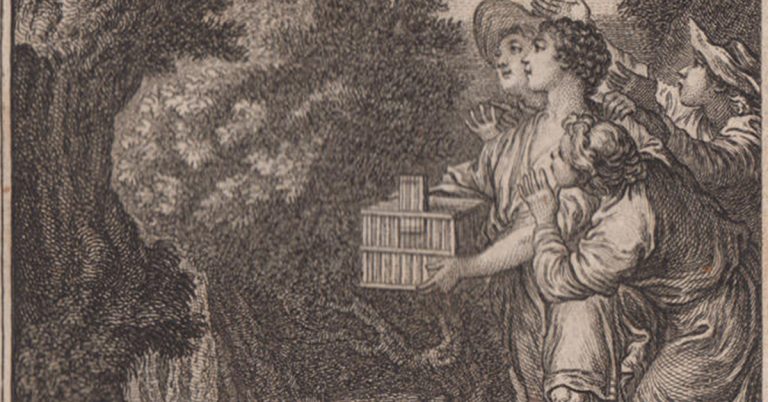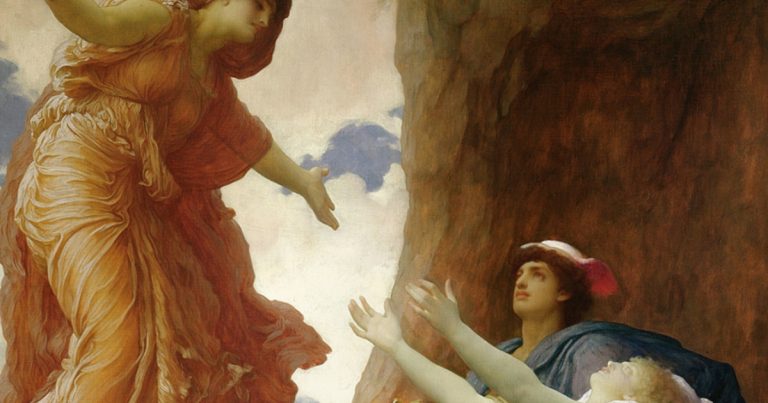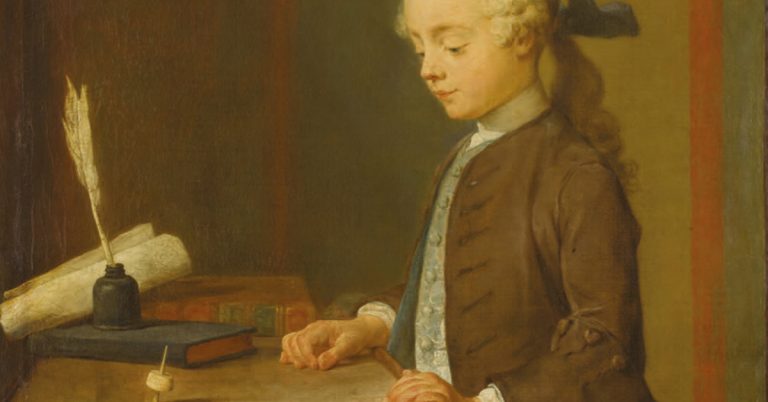
-
Updating Roman Jakobson’s ‘Poetic Function’ with Vector Semantics
Read more: Updating Roman Jakobson’s ‘Poetic Function’ with Vector SemanticsKurzynski discusses how poetry extends beyond sound and rhythm and taps into a deeper network of meanings.


Kurzynski discusses how poetry extends beyond sound and rhythm and taps into a deeper network of meanings.

By Stuart Gillespie I was one of the two founding editors of this journal in 1992. Anyone involved with a publication for this long will have travelled far, and when I look back over the thirty-year lifespan of Translation and…

By Michael Gauthier For decades now, sociolinguistic studies have showed that social parameters have an influence on the way we express ourselves, and gender is no exception. Swearwords have been shown to be one of these parameters, and it is…

By the Editors & Reviews Editor, the Burns Chronicle Almost 130 years ago, in 1892, enthusiasts started publishing the Burns Chronicle and the journal has continued ever since, conveying articles of interest and news among Burns Clubs and admirers of…

By Sara Austin and Ann Wainscott We met at New Faculty Orientation in 2018. Sara was seated across a large round table from me, and during introductions she mentioned that she was a scholar of children’s literature. I immediately mentioned…

By Marek Sroka Seventy-five years ago, Winston Churchill, in what was to become one of the most famous orations of the Cold War, declared that “from Stettin in the Baltic to Trieste in the Adriatic, an iron curtain has…

By James Bailey ‘I am a hoarder of two things: documents and trusted friends’, wrote Spark in her 1992 autobiography, Curriculum Vitae. ‘The former outweigh the latter in terms of quantity’, she added. Spark wasn’t exaggerating; while the author was…

By Virginie Trachsler The young Persephone is gathering flowers in a meadow when her uncle Hades, god of the underworld, rises through a crack in the earth and abducts her on his golden chariot. Her mother Ceres wanders the earth…

By Jacob Bates-Firth Sarah Kofman and the Relief of Philosophy (ed. Bates-Firth and McKeane) is out now as a special issue of Paragraph, 44:1 (March 2021) and concurrently in book form with Edinburgh University Press. Backdrop When John and I began to…

‘How do you do it? I am dazzled’, enthused Evelyn Waugh in a letter to Muriel Spark in 1960. Spark’s latest novel, The Bachelors, was hot off the press, and this, Waugh told her, was ‘the cleverest and most elegant…